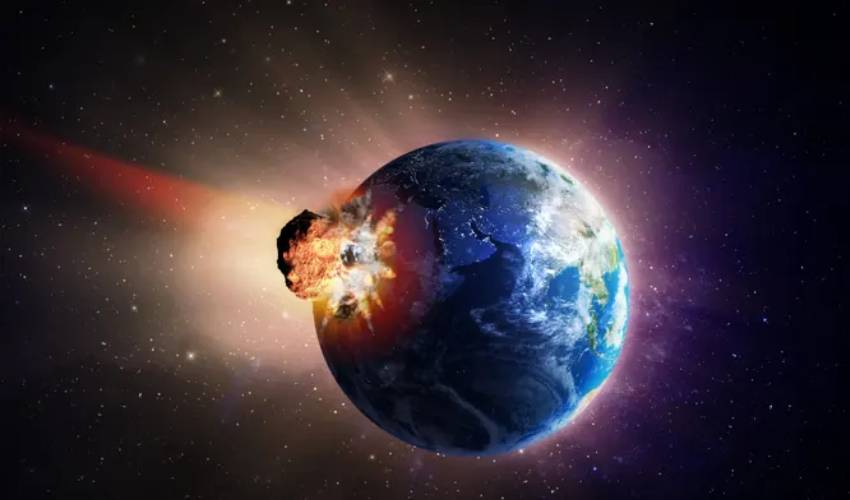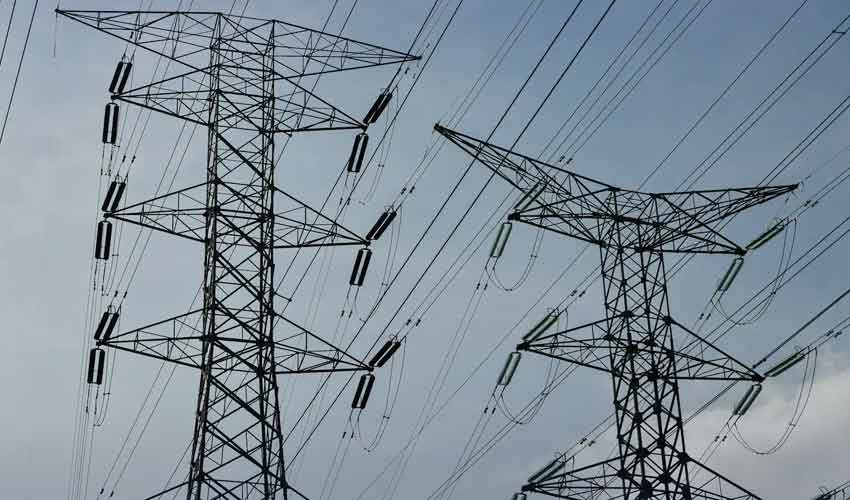In a celestial event of extraordinary proportions, astronomers and stargazers worldwide are eagerly anticipating the arrival of a massive cryovolcanic comet, named 12P/Pons-Brooks, which is now hurtling toward Earth.
While this colossal comet, three times the size of Mount Everest, poses no threat to our planet, it promises to offer a mesmerizing and unforgettable spectacle in the night sky.
Rare and intriguing visitor
12P/Pons-Brooks, a cryovolcanic comet, stands out as an enigmatic celestial body. Unlike typical comets composed of rock and dust, this massive wanderer harbors a solid core spanning an impressive 18.6 miles and a unique mixture of ice, dust, and gases.
As it nears the Sun, these volatile components trigger cryovolcanic eruptions, akin to the carbonation of a soda bottle, resulting in the release of icy fragments through fissures in the comet's outer layer.
Double burst of celestial beauty
Remarkably, this cosmic visitor has astounded astronomers with not one but two explosive events within a span of just four months. The repeated eruptions have given 12P/Pons-Brooks a visually striking appearance, likened by some to the iconic Millennium Falcon ship from the Star Wars franchise.
Akin to Halley's Comet
In terms of size and celestial significance, 12P/Pons-Brooks stands on par with the renowned Halley's comet, last visible without telescopic aid in 1954. With a 71-year solar orbit, it earns the title of a "Halley-type comet," which is a rare phenomenon in the cosmos. Most comets require thousands of years to complete their orbits.
Close encounter with the Skies
As 12P/Pons-Brooks approaches its nearest point to Earth in April 2024, skywatchers can expect a celestial treat, with its peak brilliance forecasted for June 2, 2024. After this spectacular close encounter, the comet will embark on a journey back to the distant reaches of our solar system, with its next anticipated return not until 2095.
Where to find this celestial wonder
For those eager to spot the cryovolcanic comet, it currently resides within the Hercules constellation.
Observers should direct their gaze to the East-North-East direction, approximately 36 degrees above the horizon. As it continues its voyage toward our planet, further eruptions, potentially of even greater magnitude, are anticipated.
While 12P/Pons-Brooks is a remarkable cryovolcanic comet, it is not the most tempestuous in our cosmic neighborhood. That distinction belongs to 29P/Schwassmann-Wachmann, which orbits the Sun at an astonishing speed of 26,000 miles per hour.
This icy behemoth, measuring 37 miles in width, erupts approximately 20 times annually and put on a spectacular display in December 2022, ejecting around one million tons of cryomagma into the cosmos.
Cryovolcanism's role in Cosmic Exploration
Cryovolcanic comets like 12P/Pons-Brooks offer a unique lens into the solar system's outer realms. These celestial bodies originate in the cold outer regions of the solar system, housing frozen compounds like water, ammonia, and methane. The advancement of space exploration technology has enabled scientists to study these icy eruptions in detail, providing valuable insights into the formation and evolution of our solar system.
A Cosmic laboratory and future missions
Cryovolcanic comets, akin to 12P/Pons-Brooks, serve as cosmic laboratories that offer a glimpse into the early solar system's conditions. The volatile compounds released during cryovolcanic eruptions are considered primordial and may hold clues about the origins of our solar system and the potential role of comets in delivering life-sustaining elements to Earth.
Scientists are exploring future missions to land probes on cryovolcanic comets, allowing for up-close study of these remarkable celestial bodies and the possibility of returning samples to Earth for detailed analysis. Such missions hold the promise of answering profound questions about the cosmos and the potential existence of extraterrestrial organisms in the icy eruptions of these enigmatic comets



























